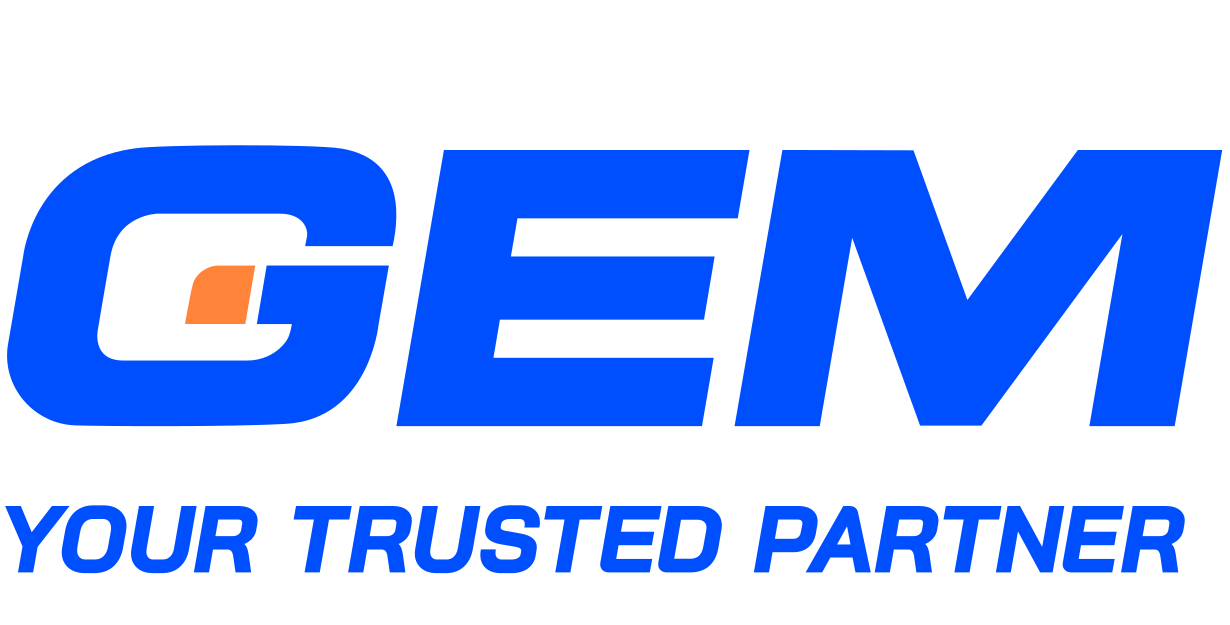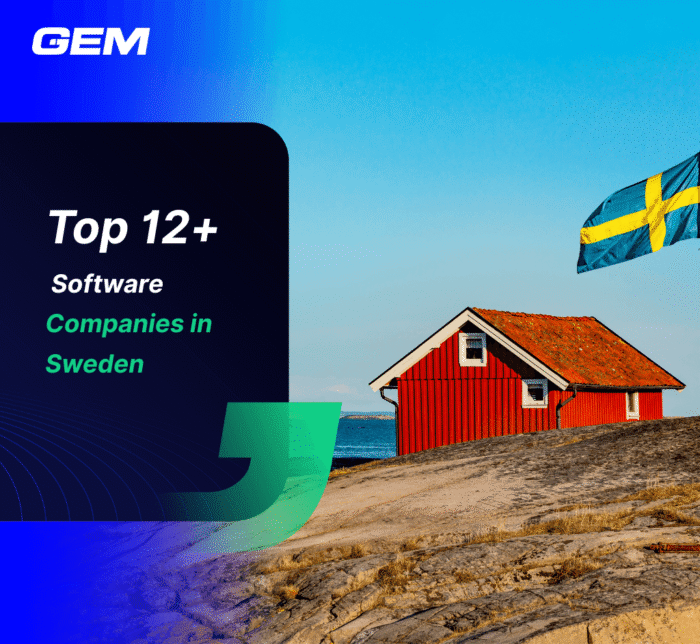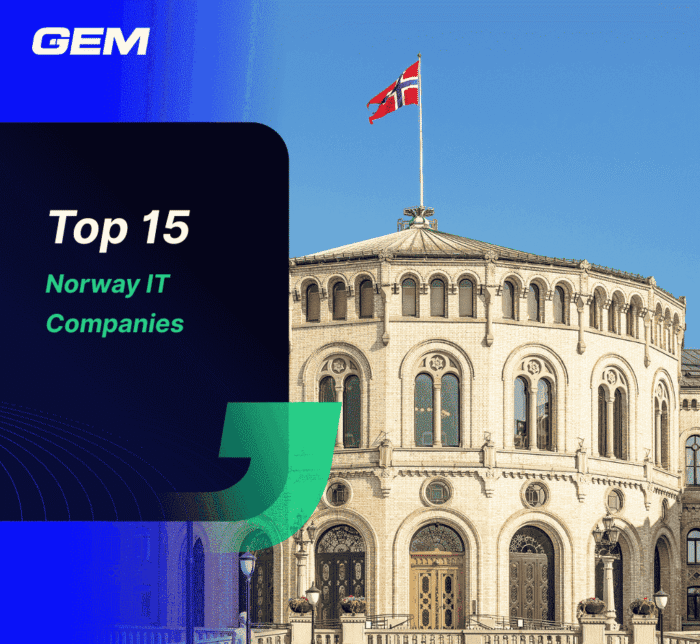Contents
- Microservice architecture
- Low-code and no-code development
- Cloud-native development
- DevOps
- Containerization
- Infrastructure re-platforming, refactoring, and repurchasing
- Artificial intelligence and machine learning
- Blockchain integration
- Closing remark
- Are you interested in leveraging the latest technologies?
App modernization has become a pivotal strategy for global businesses. In a survey of over 400 leading IT executives across different domains conducted by IBM Institute for Business Value (IBV), 83% of respondents said that updating applications and data was important to their business strategy. The primary reasons for modernization are agreed to be to enhance the security, reliability, and scalability of the existing system.
This article explores 8 new technologies and methodologies that will likely shape this endeavor in the coming time.

Microservice architecture
Microservices, or microservice architecture – is a design approach that decomposes large, monolithic applications into smaller, independently deployable services. Each of these services operates its distinct process and uses well-defined APIs to communicate.
Services are typically organized around business capabilities with each of them being owned by a single small team.
In app modernization, leveraging this architecture yields the following benefits.
Enhanced productivity
Microservices architecture allows development teams to operate independently. Therefore, they can create and manage distinct services without the need for constant coordination. This approach accelerates productivity by minimizing delays and allows for more efficient testing because each service can be evaluated independently.
Better alignment with business goals
By adopting microservices, the development teams are responsible for distinct, service-based components that operate almost like standalone products. This structure complements agile practices and organizational strategies effectively.
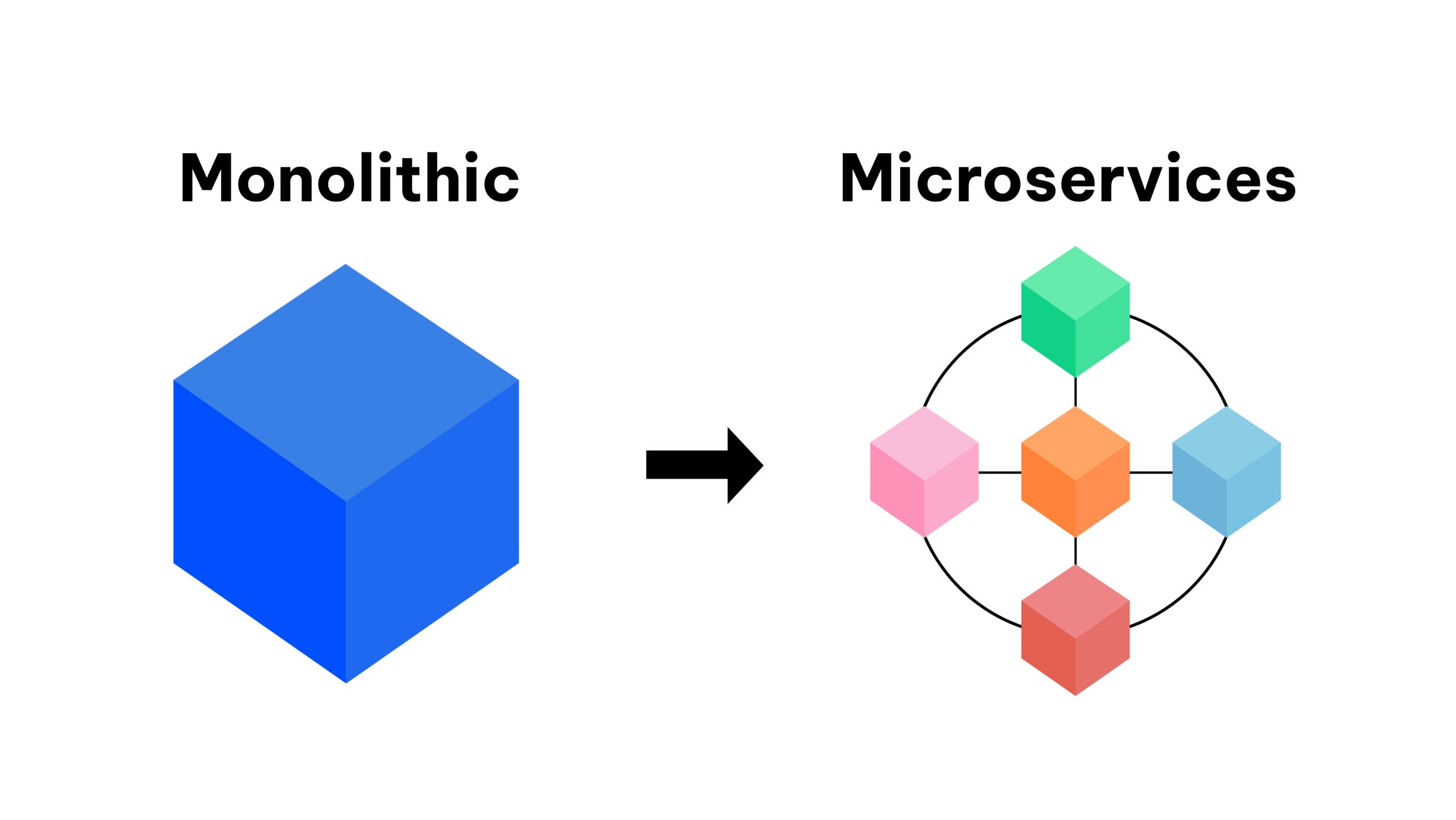
Maintenance efficiency
With microservices, updates or fixes to one service do not impact others, simplifying maintenance efforts and enabling safer and quicker updates. Furthermore, the reusability of services across different applications enhances operational efficiency and reduces redundant work.
Technological agility
The decoupled nature of microservices allows developers to freely choose the best tools and programming languages for each service. This flexibility is more manageable than monolithic structures, where integrating multiple technologies can be cumbersome and restrictive. This capability supports continuous innovation and adaptation in a rapidly evolving tech landscape
Low-code and no-code development
Low-code and no-code platforms are tools and environments for software development that allow users to create a functional application using drag-and-drop components. Low-code platforms may require a certain amount of coding knowledge to customize the application and enhance its functionality. Therefore, they are ideal for developers who want to speed up their progress. Meanwhile, no-code platforms aim to eliminate completely the need for coding. Therefore, they are suitable for non-tech professionals such as domain experts, office administrators, small-business owners, and business analysts.
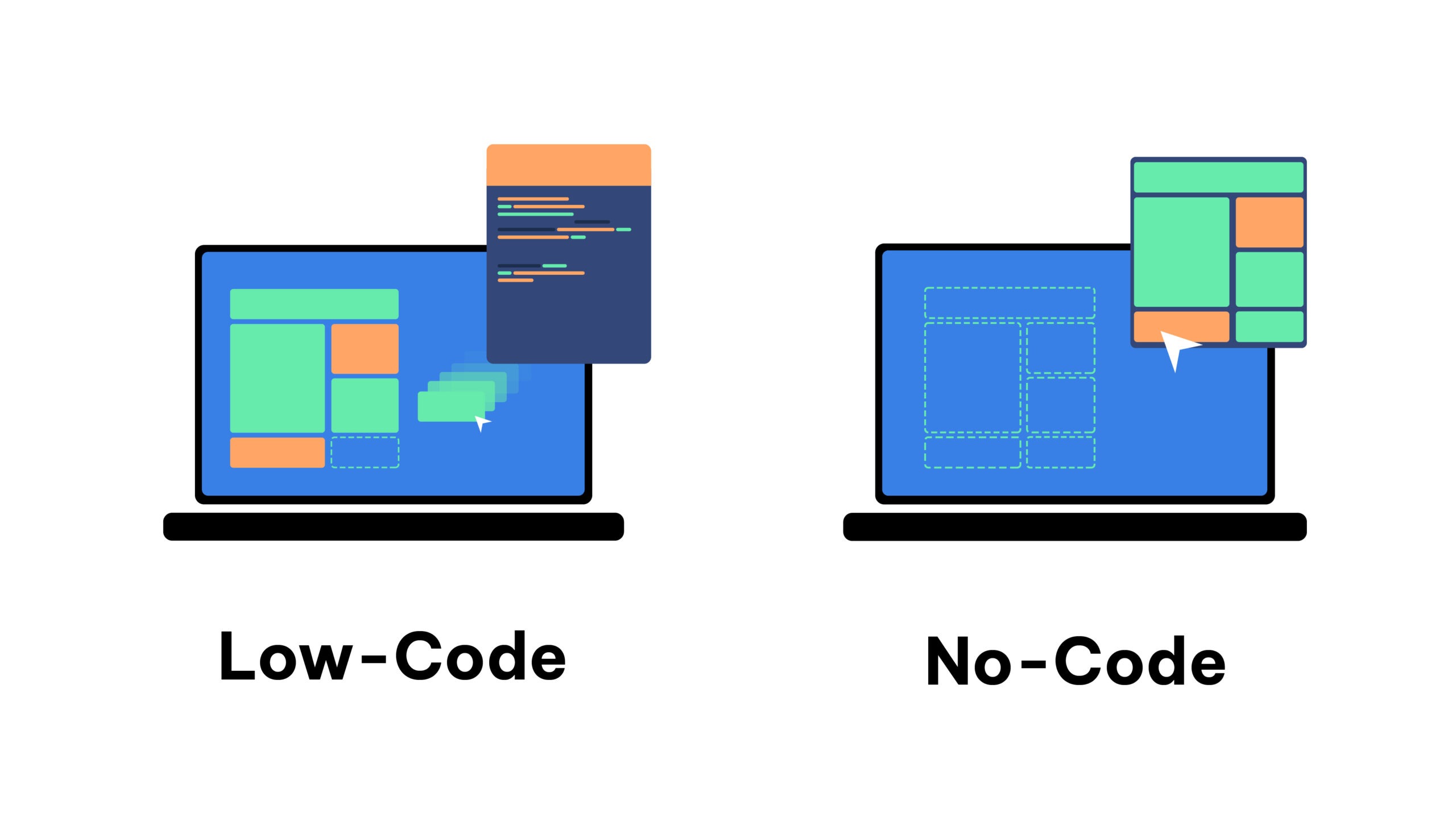
When being adopted in app modernization, this approach leads to:
Faster innovation
Low-code and no-code development reduces the time it takes to launch a new application because key stakeholders can create the exact application, they want and then have developers refine and improve it. Therefore, the process of feasibility-testing and validating the new initiative is faster.
Alleviated developer shortage
A 2021 Gartner survey revealed that IT talent shortage was considered the biggest challenge to adopting and leveraging emerging technologies. No-code and low-code software development can streamline simple programming tasks to reduce the effort needed, thus resolving the lack of human resources to handle the growing workload.
Democratization of technology
Both low-code and no-code solutions are built to empower different kinds of users. This reduces dependency on IT specialists and technologists, who can be either challenging or expensive to hire. By simply following a low-code guide, non-technical users can quickly get started and contribute actively to the development process.
Gathering customer feedback quickly
Prior to investing significant resources in a project, low-code/no-code allows developers to get feedback from customers by showcasing easy-to-build prototypes. This shifts the go/no-go decision earlier in the project schedule, minimizing risk and cost. It also results in faster agile releases.
Stronger collaboration across different departments
Thanks to low-code and no-code development, the business and IT departments now have an increasingly larger common ground to exchange insights to further improve the efficiency of their collaboration.
Cloud-native development
“Cloud-native” describes software built to run in a cloud computing environment. These applications are designed to be scalable, highly available, and easy to manage, unlike traditional solutions designed for on-premises environments and then migrated to a cloud environment.
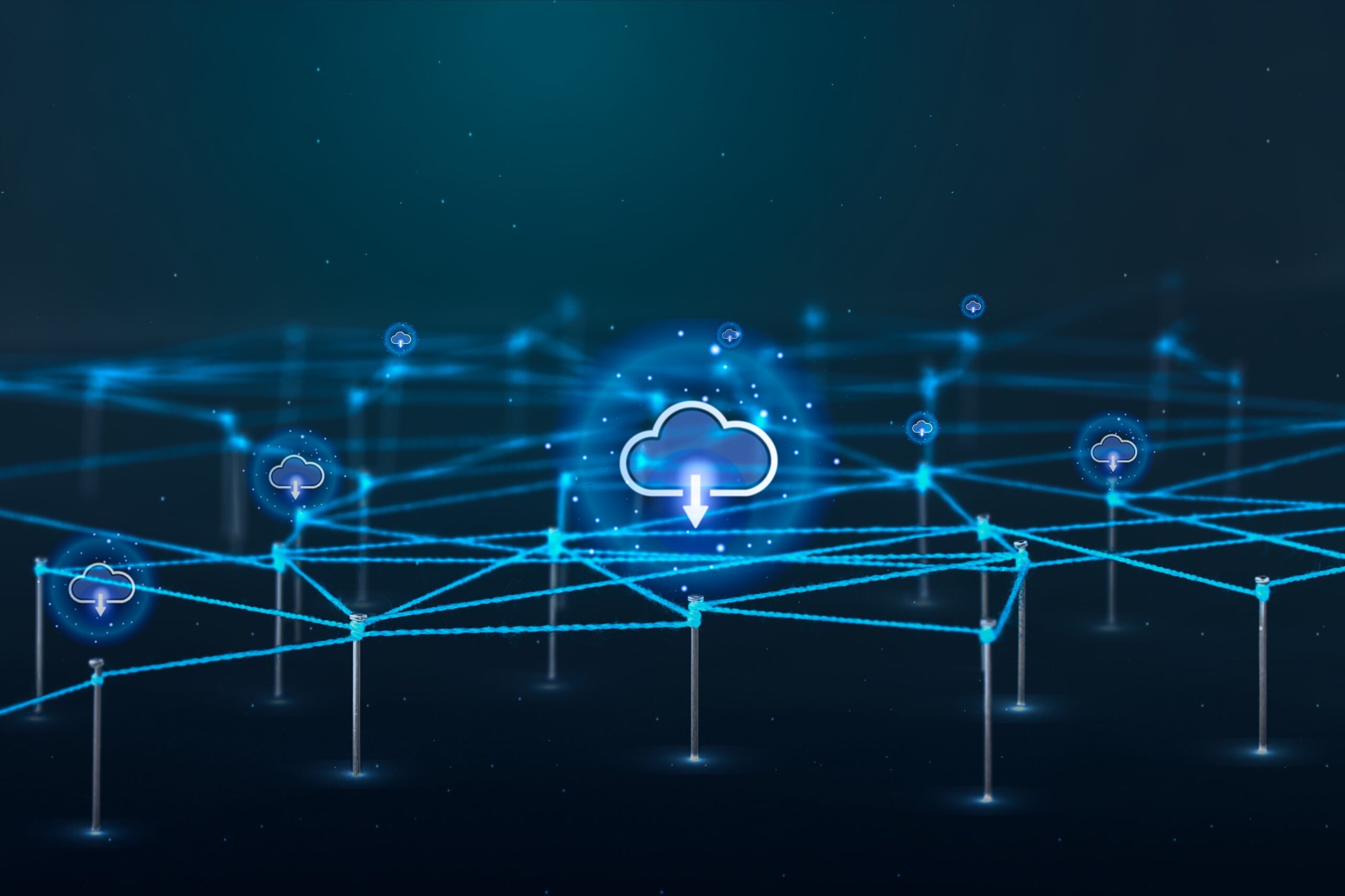
Using a cloud-native approach in app modernization enables you to move from the idea phase to production quickly. Compared to traditional monolithic apps, cloud-native applications allow for iterative improvements by leveraging Agile and DevOps processes. These apps are made of individual microservices, so improvements and new features can be continuously added in a non-intrusive way, causing no downtime and avoiding disrupting the end-user experience. This helps the cloud-native development process more closely match the speed and innovation demanded by today’s business environment.
DevOps
DevOps refers to the tools, practices, and philosophies that foster stronger cross-team communication and collaboration in the development process.
App modernization through DevOps offers significant advantages over traditional monolithic application development.
Iterative improvements
By leveraging Agile and DevOps processes, cloud-native applications can be developed and enhanced continuously, aligning with the rapid pace of today’s business environment.
Cloud-native applications, composed of individual microservices, enable incremental and automated improvements. This microservices architecture allows for the addition of new features and enhancements without impacting the overall system. As a result, improvements can be made non-intrusively, ensuring no downtime or disruption to the end-user experience. This seamless update process is a critical advantage in maintaining high availability and reliability for users.
Enhanced scalability
Another major benefit is the scalability offered by the elastic infrastructure underpinning cloud-native applications. Scaling up or down becomes straightforward, allowing businesses to efficiently manage resources and handle varying loads. This elasticity ensures that applications can meet demand without unnecessary expenditure on infrastructure, providing both cost-effectiveness and performance optimization.
Enhanced adaptability and fast-paced innovation
Moreover, the cloud-native development process, supported by DevOps practices, aligns with the speed and innovation demands of modern business environments. Continuous Integration and Continuous Deployment (CI/CD) pipelines automate the integration and deployment of code changes, facilitating rapid and reliable delivery of new features and updates. This automation enhances the agility of development teams, enabling them to respond quickly to market changes and user feedback.
Containerization
Containerization is the packaging of software code along with only the essential operating system libraries and dependencies needed to execute the code. This results in a lightweight, standalone executable, known as a container, that can run consistently across various infrastructures.

Why is containerization becoming a key approach to app modernization?
Portability
Containers encapsulate software into executable packages that are independent of the host operating system. This abstraction ensures that containers can run consistently across various platforms or cloud environments.
Agility and speed
The Docker Engine, an open-source standard for running containers, introduced simple developer tools and a universal packaging method compatible with both Linux and Windows. The container ecosystem, now governed by the Open Container Initiative (OCI), allows developers to continue using agile and DevOps methodologies for rapid application development and improvement.
In addition, containers are lightweight, sharing the machine’s OS kernel, which eliminates the need for additional overhead. This leads to higher server efficiency in app modernization due to reduced server and licensing costs and faster start times since there is no need to boot an operating system.
Fault isolation
Each containerized application operates independently, so a failure in one container does not affect others, allowing developers to fix technical issues in one container without causing disruptions to another. Containers can also utilize OS security isolation techniques, such as SELinux access control, to manage faults effectively.
Ease of management
Container orchestration platforms automate the installation, scaling, and management of containerized workloads and services. They simplify tasks such as scaling applications, rolling out new versions, and monitoring, logging, and debugging. Kubernetes, a popular open-source container orchestration system, automates these functions and works with various container engines that conform to OCI standards.
Security
In containerization, by isolating applications within containers, malicious code will be prevented from affecting other containers or damaging the host system. Security permissions can be set to automatically block unwanted components or limit unnecessary communications, which enhances overall security.
Infrastructure re-platforming, refactoring, and repurchasing
Another notable new trend in app modernization is employing various cloud migration techniques such as re-platforming, refactoring, and repurchasing.
Replatforming refers to the process of upgrading essential components (such as the operating system and databases) while maintaining the application structure and core code. With this approach, you can benefit from newer technologies without having to extensively modify code.
Refactoring is making bigger changes to the system, such as changing the existing application architecture using technologies such as serverless architecture and Kubernetes for containerization.
Repurchasing involves companies shifting from traditional one-time purchases to software-as-a-service (SaaS) models.
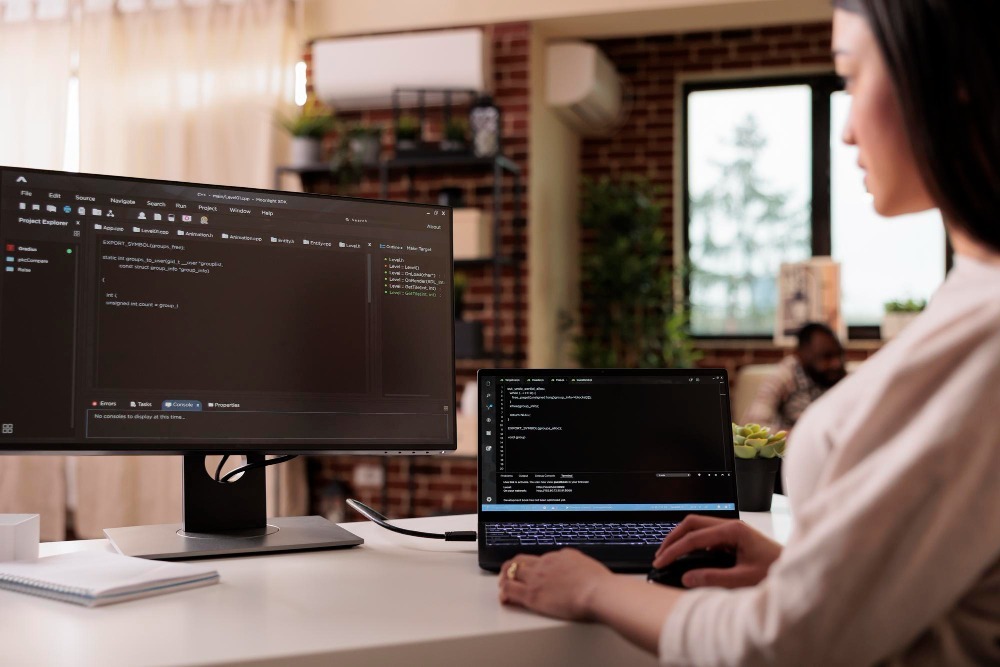
These techniques result in three highly positive impacts on the modernization project:
Reduction in investment in traditional data centers
You can take advantage of cloud infrastructure to lower capital and operational expenses associated with maintaining physical data centers.
Simplified operations
These three techniques help create an efficient and streamlined application environment that runs smoothly with minimal manual intervention and has better visibility. Therefore, tasks like monitoring, issue troubleshooting, and maintenance can be seamlessly done.
Adaptability to changing business requirements
These techniques allow for flexible adaptation of evolving market demands and new business goals, thus enhancing your trend-sensibility and responsiveness.
Artificial intelligence and machine learning
Let’s revisit the definition:
- Artificial intelligence is the field of computer science that focuses on creating systems capable of performing tasks that typically require human intelligence. These tasks include learning, reasoning, problem-solving, understanding natural language, and perceiving the environment.
- Machine learning is a subset of AI that involves training algorithms to learn from and make predictions or decisions based on data. The accuracy and efficiency of machine learning systems are improved over time as they are fed more data, so there is no need for manual and explicit programming for this purpose.
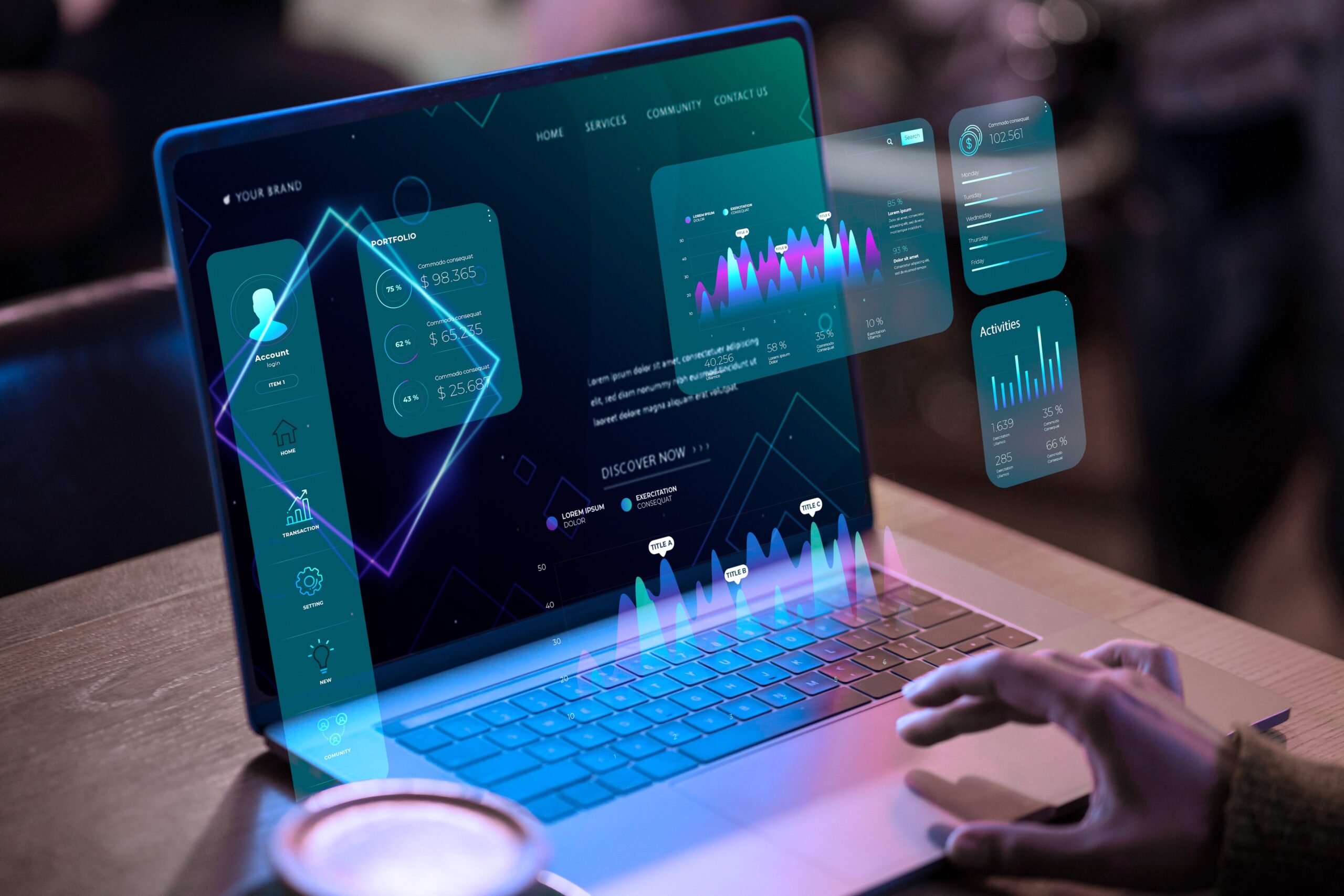
The latest buzzwords of the modern world are, undoubtedly, going to have an impactful presence in app modernization, given their increasing role in many different areas of IT and other fields.
The “State of Application Modernization Report 2024” by Konveyor also reflected this trend. Over 75% of organizations participating in this survey were using AI to facilitate their app modernization process. A significant proportion of them (42%) are also integrating AI into existing legacy applications to modernize them.
Here are three ways the use of artificial intelligence and machine learning accelerates the efficiency and effectiveness of modernization projects.
First, AI can swiftly summarize legacy code, even if it lacks proper documentation. It excels in handling complex and unstructured code, allowing developers to quickly grasp the business logic and make informed decisions about which code to keep, remove, or refactor. This is especially valuable given the current shortage of skilled developers.
Second, AI is highly effective at auto-generating documentation for legacy code. What was once a manual and time-consuming task can now be done quickly with AI, using simple natural language prompts to create comprehensive documentation, thereby saving developers significant time.
Additionally, AI facilitates the rapid translation of coding languages through automated code conversion. This enables the modernization of legacy applications written in outdated languages, making them compatible with new platforms like the cloud.
Blockchain integration
Blockchain is a decentralized, unchangeable ledger that enables the recording of transactions and tracking of assets within a business network.

Here are some key aspects where blockchain can be integrated into modern applications.
Decentralization and security
Blockchain’s decentralized nature can help apps minimize risks related to data breaches, fraud, and cyber-attacks. Since blockchain distributes data across multiple nodes, it’s significantly harder for hackers to compromise the data integrity.
Data integrity and traceability
Blockchain provides an immutable ledger, which means once data is recorded, it cannot be altered without altering all subsequent blocks and the collusion of the network. This feature can be beneficial for apps that require a high degree of traceability and integrity, such as those in finance, supply chain management, and legal industries.
Tokenization
Blockchain enables the creation of digital tokens that can represent real-world assets or internal app currencies. This can be used for creating new business models, such as in-app currencies, rewards, and loyalty programs, enhancing user engagement and app monetization.
Interoperability
Blockchain can facilitate better interoperability between different applications and systems. For example, blockchain networks like Polkadot and Cosmos are designed to enable different blockchains to communicate with one another, allowing for the seamless exchange of data and transactions across diverse platforms.
Identity management
Blockchain can provide a more secure and efficient way to manage digital identities, allowing for user authentication without the need to disclose sensitive personal information. This can be particularly useful in apps requiring robust identity verification processes, such as banking, government, and healthcare apps.

Closing remark
As technology continues to evolve, the landscape of app modernization will undoubtedly transform alongside it. The advancements we’ve explored here are just a glimpse into the exciting possibilities of how your legacy system can be transformed to benefit your business.
Are you interested in leveraging the latest technologies?
Have you had your eye on one of these trends? Let GEM – the award-winning and nationally acclaimed IT outsourcing firm – help you realize your app modernization ideas with the most suitable tech tools.
